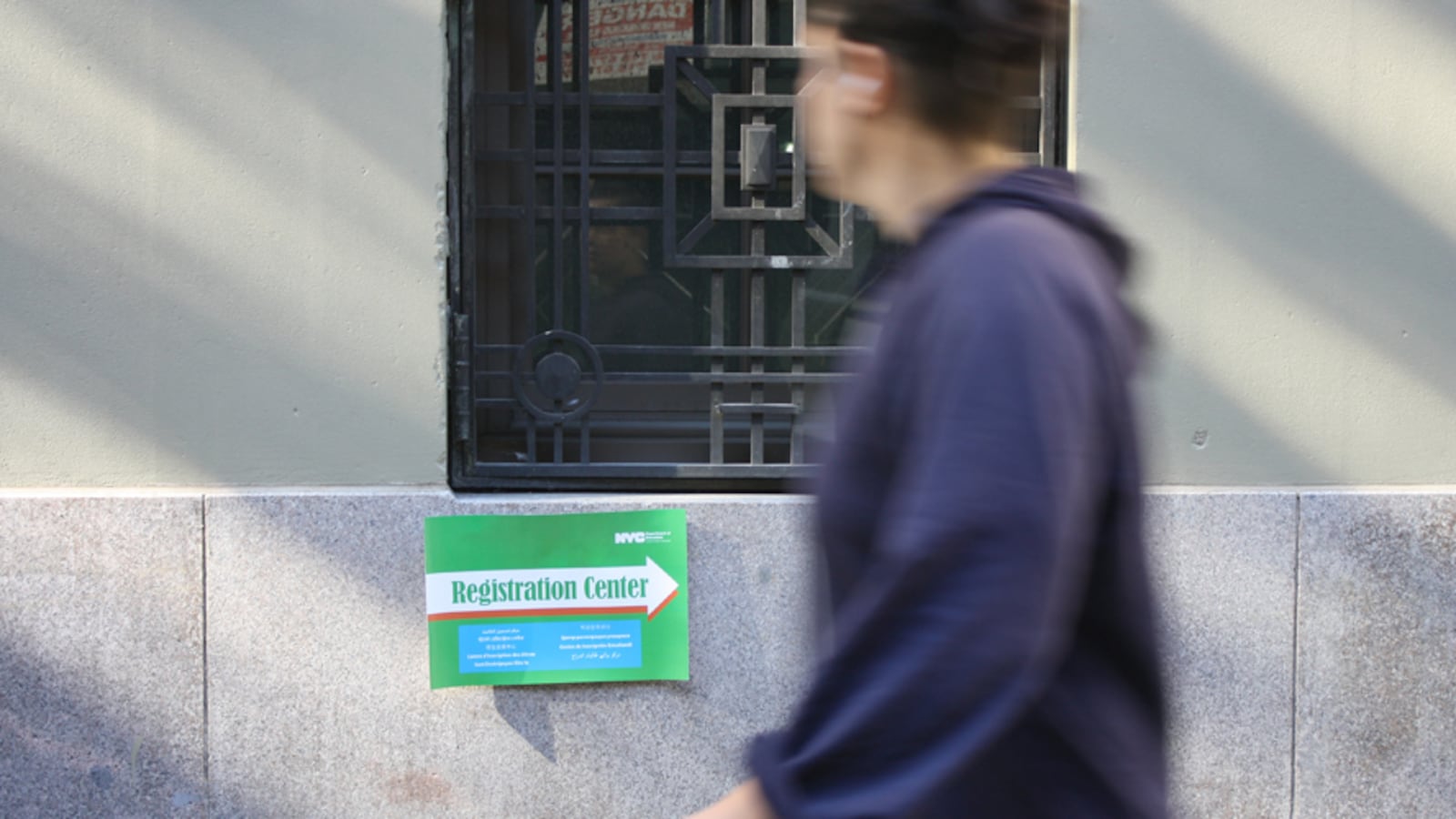Switching schools in New York City can be complicated and even disruptive, yet about one in 11 students did so during the 2014-15 school year, according to a new report.
About 77,800 students — or nearly 9 percent of the total — transferred schools that year, according to an analysis released Monday by the city’s Independent Budget Office. However, the rate was far higher among certain groups of students: those whose families moved (28 percent), lacked permanent housing (20.4 percent), or were suspended (19.4 percent).
The transfers include moves between traditional schools, into or out of charter schools, or to alternative schools for struggling students or those with severe disabilities. Just over 40 percent transferred during the summer, while nearly 60 percent changed schools midyear — a situation that can leave teachers scrambling to get new students up to speed on past lessons and classroom rules.
“It has the potential to be disruptive,” said Raymond Domanico, the IBO’s director of education research.
Still, most students — 84 percent of the total — remained in the same school the following school year, the IBO found. (The numbers exclude students who graduated from high school or aged up, say from an elementary to a middle school.) Just under 6 percent of students enrolled in private schools or left the city.
The education department only allows students to switch schools under certain conditions: for instance, if a medical condition prevents them from accessing their assigned school, they have reason to feel unsafe there, or their commute to high school takes longer than 75 minutes. Families in certain low-performing schools can also request transfers: In 2016, about 3,600 students received such transfers out of nearly 5,400 who applied, according to the education department.
While the IBO analysis sheds light on how many students changed schools, it does not explain their reasons. It’s likely those who moved or were homeless switched to schools closer to their new addresses, but it’s less clear why students who were suspended or had low test scores had higher-than-average transfer rates.
For instance, did their families decide they might behave or perform better in different schools — or did the schools where they struggled advise or even pressure them to leave? Charter schools, in particular, are often accused of finding ways to shed harder-to-teach students.
“The million dollar question we can’t answer is: Are the schools forcing these kids out?,” Domanico said. “There’s nothing in the data that gives us the motivation for the move.”
A related question the analysis doesn’t answer is which schools are sending or receiving the most transfer students.
In general, traditional schools tend to enroll more students during the year than charter schools, according to Clara Hemphill, director of education policy and Insideschools at the New School’s Center for New York City Affairs. Among traditional schools, low-achieving ones that struggle to fill their seats are far more likely to be sent students than more popular ones or schools that screen students based on their grades or other factors.
“Some schools get lots and lots of newcomers during the year, and others don’t,” she said. “The schools that take kids during the year tend to have a more challenging population.”
Domanico said future IBO analyses will dig into school-level data to look for patterns in where students are leaving and going.

